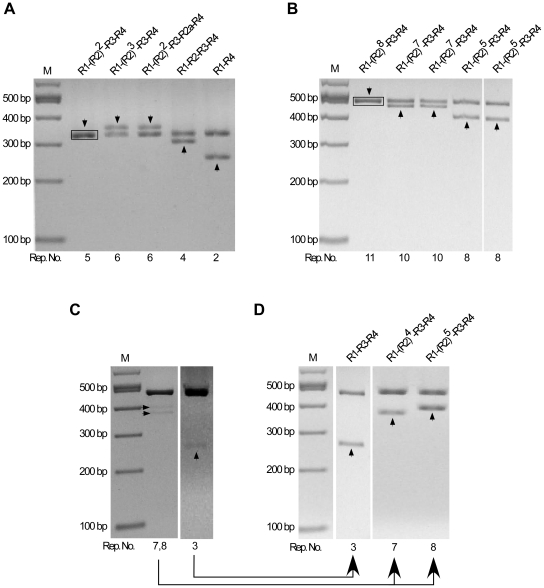Figure 6. Instability of octarepeats during DNA replication in mismatch repair-deficient XL-1 Red cells.
(A) Mutant clones from replication of pOct5 in XL-1 Red E.coli cells. Plasmid DNA samples were prepared from XL-1 Red colonies after transformation with pOct5 and re-transformed into DH5α cells. Plasmid DNAs from the resulting DH5α colonies were digested with SacII and SpeI and separated on a 2% agarose gel. Shown are plasmid DNAs from 4 DH5α colonies that produced two octarepeat bands of equal molar ratio. (B) Mutant clones from replication of pOct11b in XL-1 Red E.coli cells. Same as in (A) except that pOct11b was used. Shown are plasmid DNAs from 4 colonies that produced two octarepeat bands of equal molar ratio. (C–D) Unusual mutant clones from replication of pOct11b in XL-1 Red E.coli cells. Shown are plasmid DNAs from two pOct11b-transformed XL-1 Red colonies that produced 2–3 octarepeat bands upon digestion with SacII and SpeI, of which the template-sized band is much stronger than the mutant bands (C). The unequal molar ratio of the octarepeat bands suggests the presence of mixed plasmid DNA species in these colonies. Further transformation of these plasmid DNAs into DH5α cells resulted in separation of the mixed plasmid DNA species and produced colonies that each contained only one of the plasmid DNA species as confirmed by restriction analysis and sequencing (D). For all panels, the octarepeat sequence is indicated above each lane, the arrowhead points to the band whose sequence is shown above the lane, and the black box marks the template-sized Oct5 or Oct11 band from a non-mutant clone. Rep. No., number of repeats; M,100-bp DNA Ladder.

